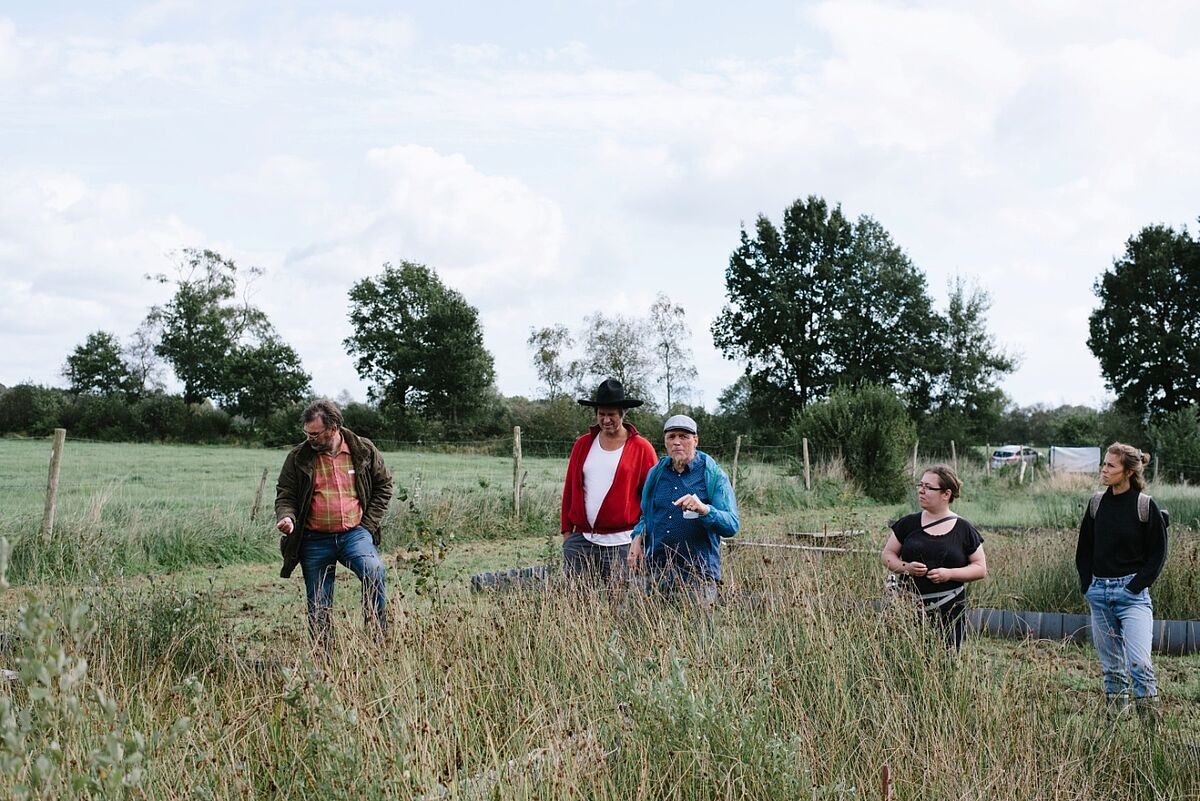OptiMoor Final Conference (online) and field excursion


The final conference of the OptiMoor project took place five years after the start of the project. About 50 experts from various areas of raised bog renaturation and peat moss cultivation met on the Gather online platform to discuss the state of raised bogs in Northern Germany and the future of raised bog research and renaturation.
The next day, about 20 interested people took part in the excursion to the field test to see the different approaches to renaturation of raised bogs after a little more than four years of development. Although the differences between the renaturation approaches are still clearly visible, it became clear on the field day that even the approaches without active introduction of peat moss now show extensive areas with dominant peat moss cover - mostly protected by sparsely growing rushes and narrow-leaved cotton grass. It seems as if the topsoil removal approaches are becoming more similar to each other. How exciting would it be to see how long it would take for the approaches without active incorporation of peat moss to equal those with active incorporation. Fortunately, the field trial will continue for at least another three years, leaving room for further research (but not in this project). Anyone who is interested in doing research in our field test, be it as part of a thesis or larger research project, is cordially invited to contact us.
